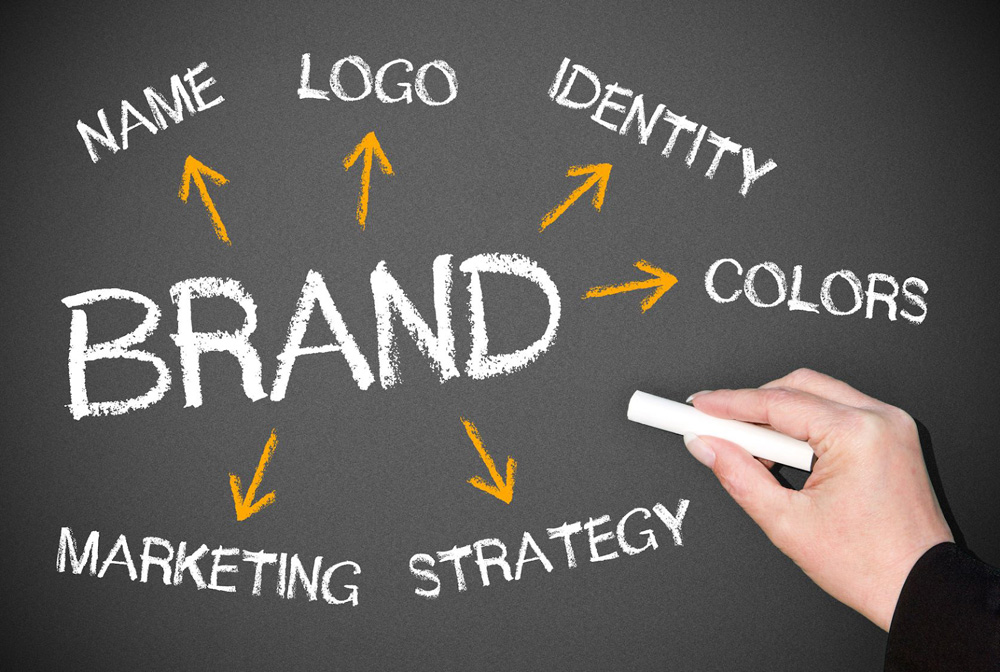
Top 10 Essential Elements Of Successful Brand Marketing [2021]
Companies can only set up themselves and reach acknowledgment when they successfully build their brand identity. If they have a strong brand identity then it can help them gain the attention, trust, and loyalty of their customers. Our main purpose will be to explore things brands should do to build as well as strengthen their corporate brand identity. Branding can have a massive effect on your overall success, but you’ll have to make a positive effect fast. It only takes about seven seconds for a client to make up their mind about your company or services.
Important Elements of Brand Marketing
Let us go through details of what else is indicated in it. Some of the important elements are as follows:
1. Consistency Is Key
Consistency is essential because it contributes to brand loyalty, combust customer growth, and loyalty—something that every company wants. Keeping branding consistent means removing the things that don’t enhance your brand. Before you post a Tweet, blog, Facebook post, or send out an email, make sure it is lined up with your message and your company’s voice. Many marketing experts have fun and simple exercises to find your company’s ideal voice.
“The best technique to do this is to make your total client realize in crystal clear detail,” “Consider geography, age, parental status, favorite TV shows, goals, online status, education level, fears, dreams, weaknesses, dislikes, etc. When you know who this person is, you can shift messaging to talk directly to this person.”

2. Research
This is both the hardest and most important feature of branding. In a perfect world, your brand should twig with customers, long after they’ve made their initial purchase.
For example, think of how Coca-Cola and its polar bear mascots are practically synonymous with Christmas right now or how McDonald’s has the golden arches.
These bits of branding are things customers can acknowledge within seconds, even if a brand name isn’t head-on attached.
3. Logo
Your logo is the first thing that a likely client or customer sees. It shows everything you're putting out. It’s on your office building, on every page of your website, in your team members’ email signatures, business cards, scattered throughout your social media, and even on letterhead, brochures, and pens. In that regard, it must protrude and be catchy to customers. You’ve got a lot of competition, so the first impression is key to making good When people see your logo, they’ll need to know what your business is about, have a positive response to it, and recognize it when they see it again. Without that, you can kiss business growth goodbye.
4. Team Unity
Keeping your whole team in the loop on how to present the company is important if you want to keep up with that persistent image that we talked about before. Think about it: If you present your business as optimistic and motivational, then you have an employee creating social media posts that have a negative tone, it just baffles your image. In addition to that, you wouldn’t want to depict a negative image in the first place. Remember, people buy from people.
Make sure your entire company is well versed in your core values, along with how they should communicate with customers or clients to represent your brand in its most positive light.
Does your brand show your ideal company image well? Make use of these tips to build a concrete brand that will be remembered and loved by customers.
5. Clarity
How many times have you come upon a sign for a business that says nothing about what the company does?
Don’t make your customers estimate, because they won’t waste their time. Instead, ensure your branding covers the following topics:
- Who you are
- What you do
- What makes you different
- How the audience can reach you
Keep it simple. An eye-popping logo is nice, but if it doesn’t notify the audience, it’s baseless.

6. Name
A name identifies, differentiates, and gives back the ethos of the owner, and the same is true for brands. The name of the brand is the company’s first impression for interpretation about the company; it’s built-up by good customer experiences and demolished by bad ones. Selecting a name isn’t a straightforward process, so it helps to follow a few basic standards to make sure the name advances the overall brand strategy:
Be simple: While sophisticated wordplay might be tempting, it’s more important to be understood. An upright brand name is simple to pronounce and carries the brand’s purpose and character.
Be memorable: The strongest memories are emotion-based, and powerful brand names do a good job of carrying emotion.
Be original: A strong brand name must be unequaled, and that’s a tough ask in a saturated global marketplace. Yet, there are many ways to bring originality.
7. Look and Feel
Strong brand identity originates from high design standards applied consistently in every feature of the brand’s strategy — from office design to product packaging, and social media posts. This brings off with a brand style guide or brand book. A solid brand book contains a wide range of information governing the brand’s specific look and feels, font types and sizes, brand colors, logo design and size, layout rules, and many more.
8. Brand Values
Every memorable and catchy brand stands for something, whether it’s something global like saving the environment or something particular like making clothes that fit in every body shape. These brand values help the company focus its efforts towards a set of amalgamated goals, often expressed as desired statements or promises. They also help to affix a brand in the minds of its target customers, giving them a powerful bonding instrument with the people they wish to market to.
9. Thought Leadership
An efficient and effective way to build up brand identity is by cultivating a market position as a thought leader. Thought leadership is when an individual or company is acknowledged as an authority in its field. It’s a cost-efficient way to build a brand presence as it harnesses the ingrained skill, talent, and aura of the company’s team. Thought leaders are cast about for their expertise and opinions and often feature in articles, blog posts, industry journals, webinars, live speaking events, TV, and more. The good news for smaller businesses is that thought leaders don’t have to be world-famous to have a noteworthy effect on brand strategy.
10. Memorability
Consumers make purchasing decisions over three-quarters because of the brand. That’s why it’s so essential to pursue brand memorability. It’s alluring to think that memorable brands are the ones that emerge in Super Bowl ads. That may be true of the world’s largest and most famous brands, but any brand can attain memorability without spending millions of advertising dollars to do it. Brand memorability comes from some of the most basic strategies, such as excellent customer service and responsiveness, high product quality, and genuine marketing messages.
Conclusion
Branding is so much more than marketing lingo. It’s an important business element that ensures differentiation, personality, trust, clarity, and memorability.
As you further assess your business goals, ensure that you’re including these elements of a brand identity. And if you want to learn more about marketing your website, including how you can make a great website or employ eco-friendly hosting solutions.


